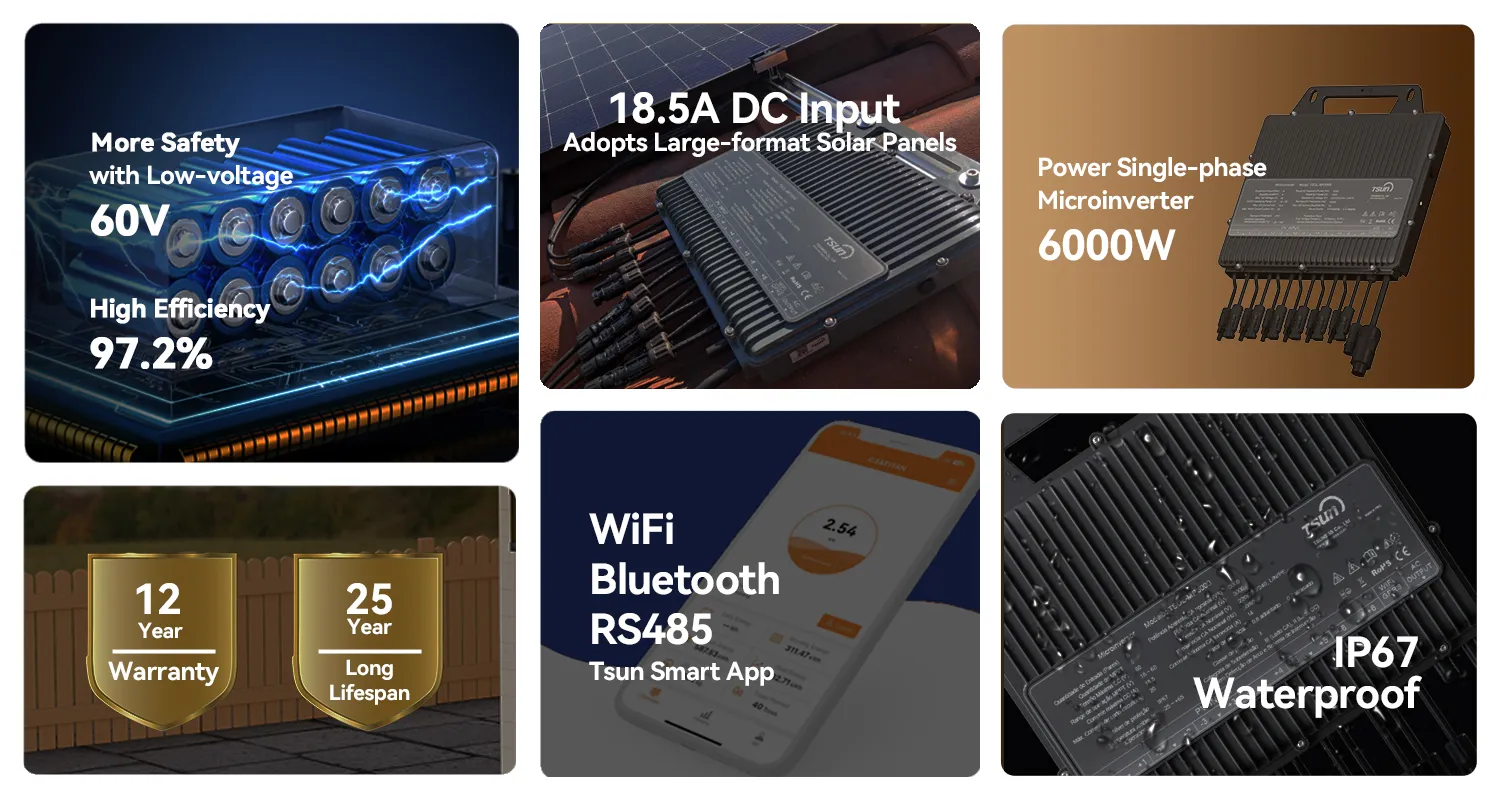In the ever-evolving world of solar energy, choosing the right inverter technology for your photovoltaic system is crucial for maximizing efficiency, longevity, and financial returns. Among the most debated options are microinverters and string inverters, each with distinct characteristics that cater to different installations and user preferences. Drawing from extensive industry experience and expert insights, let's delve into the nuanced differences between these two critical components.

Microinverters are compact devices attached to each solar panel. A standout advantage of microinverters is their ability to optimize each panel's output independently. This feature becomes particularly beneficial in partial shade conditions, where one shaded panel in a string inverter setup could hinder the entire array’s performance. By isolating the output, microinverters ensure that shaded or dirty panels do not impede the system's overall energy production. Moreover, microinverters provide detailed monitoring at the panel level, allowing users to gain deeper insights into each panel's production metrics, making troubleshooting and maintenance more straightforward.
Conversely, string inverters are central devices that connect multiple panels in series, feeding their combined DC output into the inverter for conversion into AC electricity. The simplicity in design and centralized installation often translates to a lower upfront cost compared to microinverters. String inverters have long been the backbone of commercial and residential installations due to their proven reliability and cost-effectiveness, particularly in unshaded environments. However, their performance is contingent upon the optimal operation of every panel within the string, which can be a disadvantage if shading or panel mismatch occurs.

An aspect often highlighted by industry experts is the difference in installation and maintenance between the two systems. Microinverters, due to their decentralized nature, demand a slightly more complex installation process. Each inverter must be mounted and wired individually. Conversely, upgrades or replacements are simplified since only the specific inverter at fault needs addressing, without affecting other panels’ operations. String inverters, being centralized, offer simpler wiring configurations during installation but pose a single point of failure risk, where an inverter malfunction can halt the entire system's productivity.
difference between microinverters and string inverter
From a financial perspective, the initial investment and lifespan differences are noteworthy. Microinverters typically exhibit a higher upfront cost, attributed to the need for multiple units per installation. However, studies indicate their potential for increased energy yield compensates for this, providing a superior return on investment over time. Furthermore, microinverters generally come with longer warranties, frequently reaching 20 to 25 years, compared to the typical 10 to 15 years for string inverters – an indication of manufacturers’ confidence in their product’s durability and long-term performance.
Safety considerations also weigh heavily in the microinverter vs. string inverter debate. Microinverters inherently increase safety by reducing the amount of high voltage DC wiring, as conversion to AC occurs immediately at the panel level. This factor significantly mitigates fire risks, particularly in residential settings. String inverters, on the other hand, by concentrating DC electricity until it reaches the inverter, require more stringent safety measures to manage higher voltage levels.
In conclusion,
the choice between microinverters and string inverters should be guided by specific project needs, budget constraints, and site characteristics. Microinverters excel in scenarios with shading issues and for those desiring detailed performance tracking and enhanced safety features. String inverters, with their cost advantage and simpler design, remain ideal for clear, uncomplicated installations. As technology advances, both options continue to evolve, offering improved efficiencies and tailored solutions to meet the diverse demands of the solar energy market.
 LEARN DETAILS
LEARN DETAILS
 News
News



